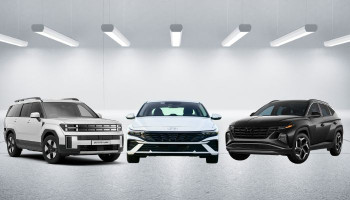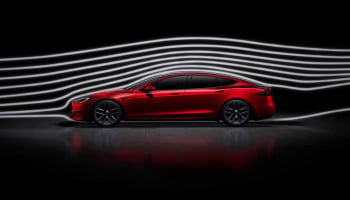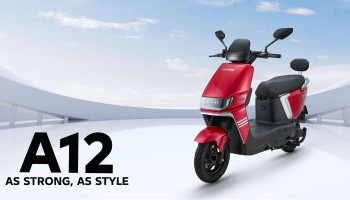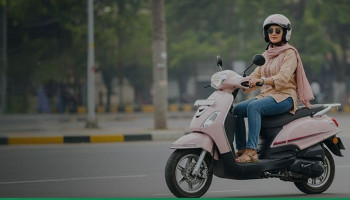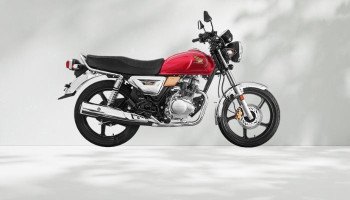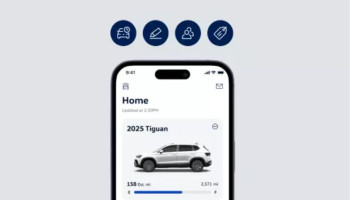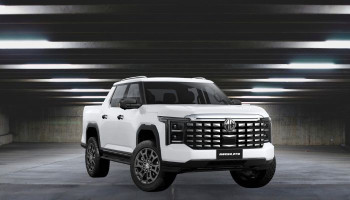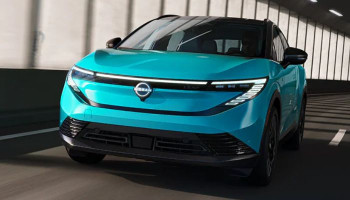
Hyundai’s electric vertical takeoff and landing (eVTOL) startup, Supernal, is moving its global headquarters from Washington, DC to Irvine, California, and has requested around three dozen employees to relocate.
Supernal informed TechCrunch that up to 5% of its employees are being requested to relocate to California. However, the company declined to comment on the remaining employees in DC.
The shift follows a year in which Supernal inaugurated the 28,000-square foot office in DC, which was constructed after more than a year of planning “with the mantra of ‘design facilities that inspire and exceed the comfort of employees’ homes.’” Supernal called it an “engineering headquarters” in Irvine and an “R&D headquarters” in Fremont, California at the same time.
Hyundai Motor Group President and Supernal CEO Jaiwon Shin told TechCrunch that the decision was made “to enhance collaboration and communication across teams.”
The DC office “will remain a hub for policy and regulatory efforts,” Shin added. However, these changes will not impact the company’s intended aim of launching an eVTOL service in 2028.
Hyundai has been preparing to launch eVTOL for years, but in December 2021, it announced it would seperate its urban air mobility division into a separate business arm known as Supernal. The effort has grown to around 700 employees in the years since.
The eVTOL industry remains uncertain as companies are constantly experiencing various challenges to revolutionise flying taxi concepts into viable businesses. Volocopter has been teetering on the verge of financial instability for several months, and Lilium ceased all operations back in October. By comparison, Toyota recently invested an additional $500 million in Joby Aviation, eyeing a commercial launch in 2025.





